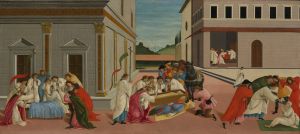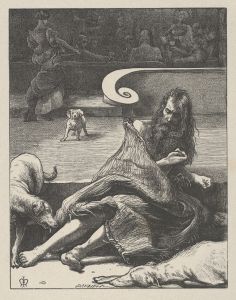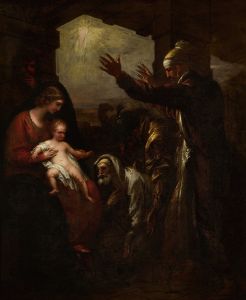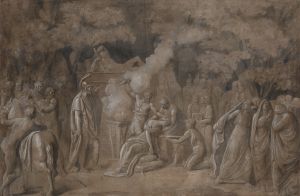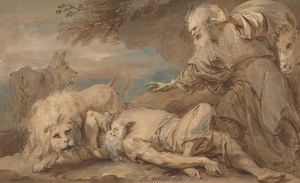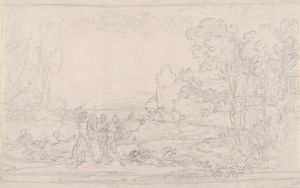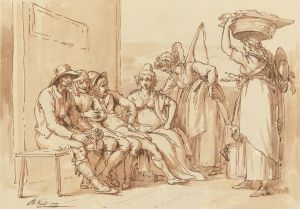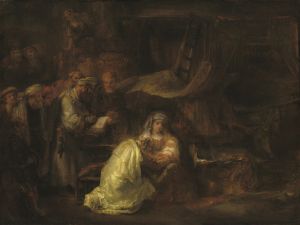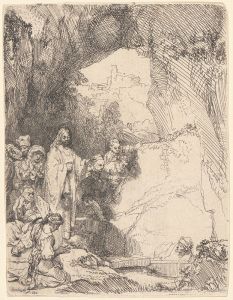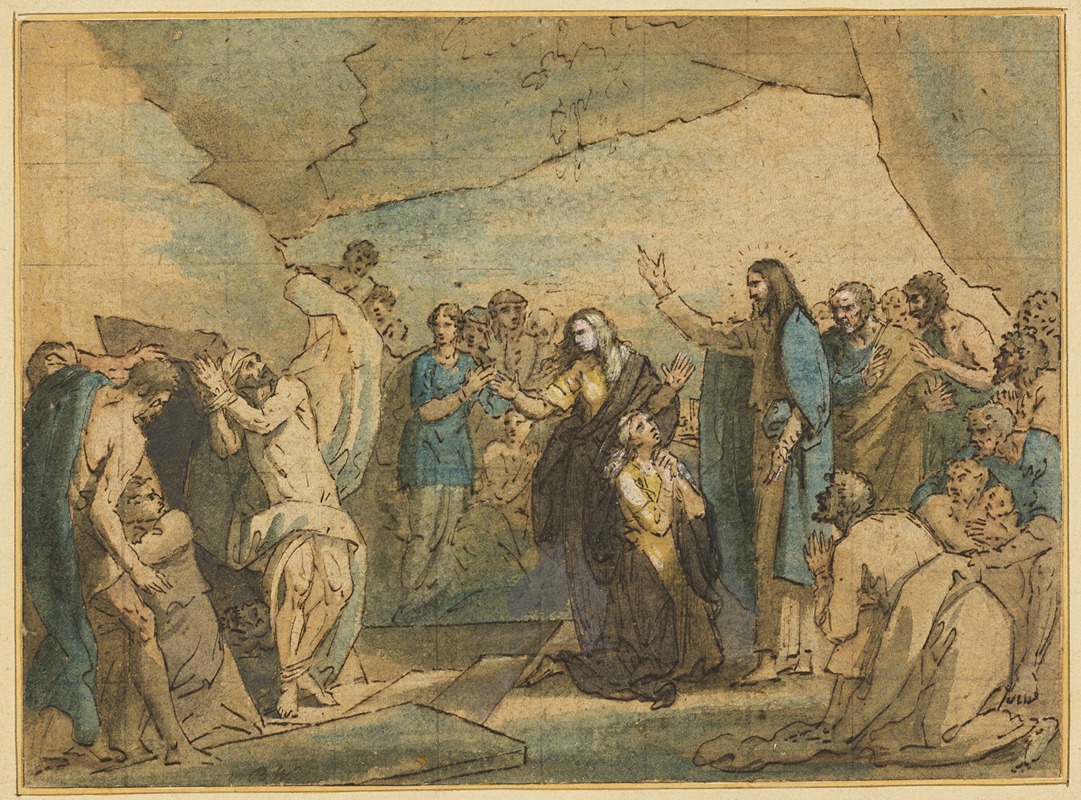
The Raising of Lazarus
A hand-painted replica of Benjamin West’s masterpiece The Raising of Lazarus, meticulously crafted by professional artists to capture the true essence of the original. Each piece is created with museum-quality canvas and rare mineral pigments, carefully painted by experienced artists with delicate brushstrokes and rich, layered colors to perfectly recreate the texture of the original artwork. Unlike machine-printed reproductions, this hand-painted version brings the painting to life, infused with the artist’s emotions and skill in every stroke. Whether for personal collection or home decoration, it instantly elevates the artistic atmosphere of any space.
Benjamin West's painting The Raising of Lazarus is a depiction of the biblical story found in the Gospel of John, where Jesus performs the miracle of raising Lazarus from the dead. Benjamin West (1738–1820) was an Anglo-American painter known for his historical and religious works, and he played a significant role in the development of neoclassical art during the 18th century.
The painting illustrates the dramatic moment when Jesus calls Lazarus forth from the tomb, surrounded by a crowd of onlookers. West's composition captures the emotional intensity of the scene, with figures expressing awe, disbelief, and reverence. The use of light and shadow emphasizes the divine presence of Christ and the miraculous nature of the event. The work reflects West's skill in combining dramatic storytelling with classical artistic techniques.
The Raising of Lazarus is one of many religious works by West, who was deeply influenced by the grand traditions of European art, particularly the works of the Italian Renaissance and Baroque masters. His time in Italy and later career in England allowed him to study and incorporate these influences into his own style. West became the second president of the Royal Academy in London and was a prominent figure in the art world of his time.
The exact date of the painting and its current location are not widely documented, and it is not considered one of West's most famous works compared to his large-scale historical paintings, such as The Death of General Wolfe. However, it remains an example of his dedication to religious themes and his ability to convey complex narratives through art.
No further detailed information about this specific painting, including its provenance or critical reception, is readily available in historical records.





